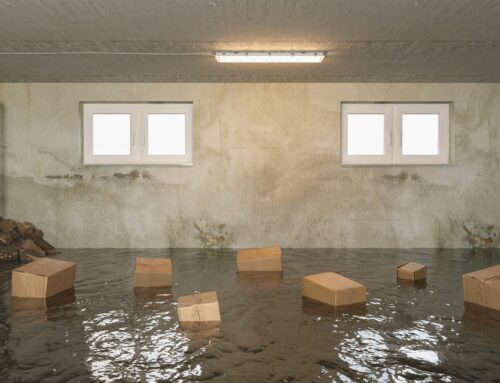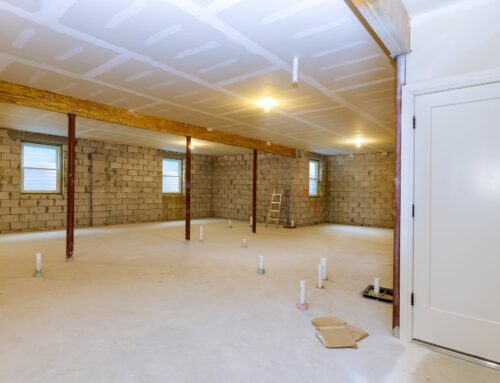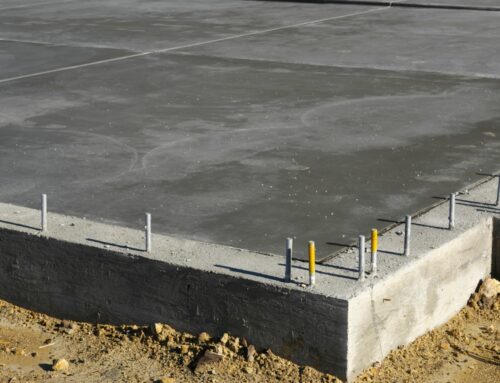Is a retaining wall a suitable upgrade for your home this season? Retaining walls serve the same purpose, but there are different types you can choose from. Retaining walls can transform a space to add more functionality and boost the aesthetic appeal of your property. Here are some important things you need to know about retaining walls:
The Purpose
If you have sloped or a multi-level property, a retaining wall can add an aesthetically pleasing transition between uneven ground. You will usually see this type of wall along driveways, sidewalks, and other walkways. Their main purpose is to hold materials like soil and mulch in place. Aside from that, retaining walls can help prevent erosion or damage to the surrounding property.
Its Other Functions
Retaining walls have other functions. For one, it can help increase the value of your property. This is because retaining walls add beautiful stonework to a home that can be enhanced with plants and other foliage.
Types of Retaining Walls
As mentioned, there are various types of retaining walls you can choose from today. The most common is a gravity wall that is commonly seen in your everyday drives through your neighborhood. A gravity wall uses the weight of its own heavy, interlocked stones to hold back the inner soil.
There is the cantilevered wall as well, which is usually used in commercial properties. This type of retaining wall can rise up to 15 feet. It uses a base slab that is reinforced with steel bars and poured concrete or masonry deep below the ground.
A mesh wall is used in areas that experience high erosion. This type of retaining wall is covered by a layer of wire on top to hold it together.
The Materials
There are three main types of retaining wall materials: stone, masonry, and concrete. Poured concrete is strong, smooth, and durable, and can be shaped into intricate designs. Stone is ideal as well as its individual pieces can be replaced. However, the most recommended material used for a retaining wall is masonry.
The Installation
Retaining walls that are above 3 feet should be installed by a professional. The first step is to ensure drainage is sufficient at the base for long-term stability. Next, a thin layer of fabric will be laid down to prevent soil from seeping through. The team will pour, interlock, or stamp in the chosen material and add in rebar and any other support necessary.
Also, the wall must be measured carefully to ensure it is sloped backward the right way. For commercial walls, they need extra support.
Installation is a tricky part; if not done right, the walls could collapse, and you can suffer significant damage and clean-up.
Conclusion
When it comes to retaining walls, you need to have the right people to work on them. Besides knowing the types of retaining walls and other basic information about them, it’s crucial you work with professionals if you plan to upgrade your property with retaining walls.
Let us help you with your retaining walls here at One Stop Plastering. We are a reliable contractor for residential and commercial exterior plaster and stucco in San Francisco, CA. Contact us today.






